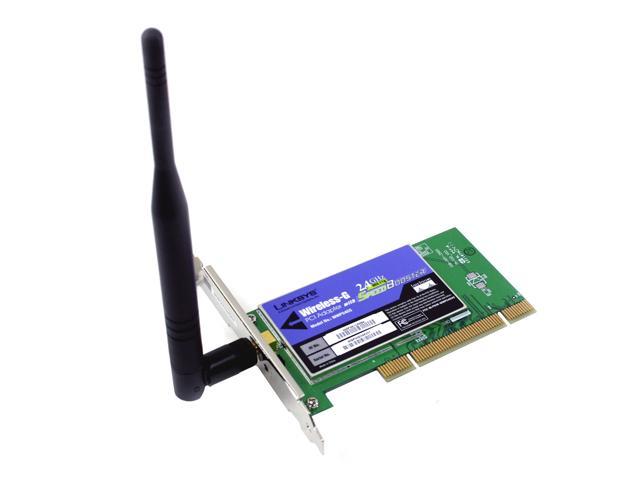2020. 3. 25. 20:59ㆍ카테고리 없음

Hi all, Okey ill start of that im a big noob with linux, hoping to get something out of this post. I have a Linksys Wireless-G pci Network Adapter with SpeedBooster and im trying to run that card on auditor, backtrack and whax. I have no idea if there are any drivers for that card or i would have to buy Senao Prism 2 card. I've searched on line for drivers for that wireless card and i had no luck finding it. What i'm trying to use linux for is mainly for Internet Security, Kismet, and cracking WEP code. If anyone has maybe some realy cool links on how to do all that i would be very thankfull! Thanks guys hopefully you can help me find this darn driver thanks again!
DevilesEye (DAN). Please try to get us a little more info, namely the chipset in the wireless card. You can either try checking the manufacturer's site (make note of the revision number), or more easily just boot a liveCD and check the output of the lspci command. Open a terminal, type in 'lspci'. If nothing comes up or it complains about something, try 'sudo lspci'. Generally speaking, however, the speed-boost and pre-N linksys stuff has pretty crummy support as Linksys isn't releasing specs or drivers. Well-supported chipsets include the newer Intel wireless (Intel Pro Wireless 2100 and later), Atheros, RaLink, and Prism 1/1.5/2 (the grandaddy wireless card in Linux, many security tools are written to work with this chipset family).

What you can do is use a tool such as to safely resize the Windows partition on your disk to allow for a minimalist install for you to try this stuff out. Even though many of the techniques you need to crack a WEP or WPA-PSK key are valuable to learn some of the lower-level network fundamentals (if you really understand what you're doing and not just reading a guide and accepting it at face value), all of the real security 'magic' is hidden from you. If anything, it teaches you that WEP is nothing more than a minor inconvenience for a moderately motivated and skilled user.
Linksys Wireless G Pci Adapter With Speedbooster Driver

How to Update Device Drivers Quickly & Easily Tech Tip: Updating drivers manually requires some computer skills and patience. A faster and easier option is to use the to scan your system for free. The utility tells you which specific drivers are out-of-date for all of your devices. Step 1 - Download Your Driver To get the latest driver, including Windows 10 drivers, you can choose from a list of. Click the download button next to the matching model name.
Linksys Wireless-g Pci Adapter With Speed Booster Driver
After you complete your download, move on to. If your driver is not listed and you know the model name or number of your Linksys device, you can use it to for your Linksys device model. Simply type the model name and/or number into the search box and click the Search button. You may see different versions in the results. Choose the best match for your PC and operating system.
If you don’t know the model name or number, you can start to narrow your search down by choosing which category of Linksys device you have (such as Printer, Scanner, Video, Network, etc.). Start by selecting the correct category from our list of. Need more help finding the right driver? You can and we will find it for you. We employ a team from around the world. They add hundreds of new drivers to our site every day. Tech Tip: If you are having trouble deciding which is the right driver, try the.
It is a software utility that will find the right driver for you - automatically. Linksys updates their drivers regularly. To get the latest Windows 10 driver, you may need to go to website to find the driver for to your specific Windows version and device model. Step 2 - Install Your Driver After you download your new driver, then you have to install it. To install a driver in Windows, you will need to use a built-in utility called Device Manager.
It allows you to see all of the devices recognized by your system, and the drivers associated with them.